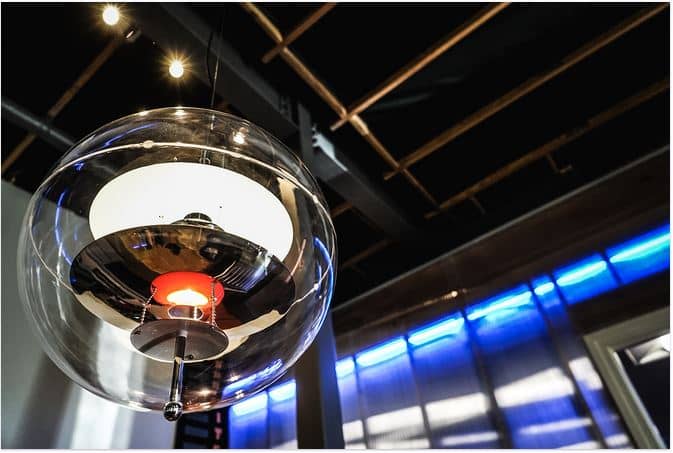
Installing LED lights is eco-friendly, the finest, and the most efficient way to save energy and light up an outdoor or indoor space. There are lots of styles, functions, and saving reasons to have this kind of light installed in the home. Before you decide to find the place where to purchase commercial LED festoon lights for your home, here are some major advantages of using LED lights:
Long-lasting
One of the easiest benefits taken from LED lights is their long-lasting. A usable lifespan of LEDs is in the range of 100,000 hours. This means that LEDs can last for almost 20 years, with eight hours of use per day. The low output level is considered one of the main reasons why they can last very long. In addition to that, LEDs need less maintenance. As a result, you can save your money.
Efficiency
LEDs are approximately 80% until 90% more energy-efficient compared to the traditional lighting. The incandescent lights produce more heat. That’s why; they are not as efficient as LEDs. Too much heat isn’t a problem for LEDs. Huge infrastructure projects or buildings, such as airports, mines, toll roads, and railroads, mostly notice that LEDs do really have the capability of energy-saving. For example, an airport has the ability to save more energy as much as 30% compared to traditional lights.
Eco-Friendly
LEDs are entirely free of venomous chemical substances, such as mercury, which can have a bad impact on the neighbourhood. They are recyclable. Households can take benefit of carbon from used LEDs. It means that there is a lot of material saved during production processes.
Durability
LEDs are designed to be firm and durable to the most difficult conditions when in use. They are resistant to any causes, such as vibrations and shock. These LEDs are made very practical and usable for manufacturing and construction sites. They can also be used in places with low temperatures.
Fewer UV Emissions
It is known that LEDs produce fewer UV emissions and low infrared light. LEDs are practical for goods and substances that are highly prone to heat due to their low heat emissions. LEDs are probably the most-used light in most art galleries or museums since there are many materials sensitive to UV.
Flexibility
It is possible to create a wide range of light effects with LEDs. Controlling LEDs has become much easier as well. We can adjust their colours as we wish.
